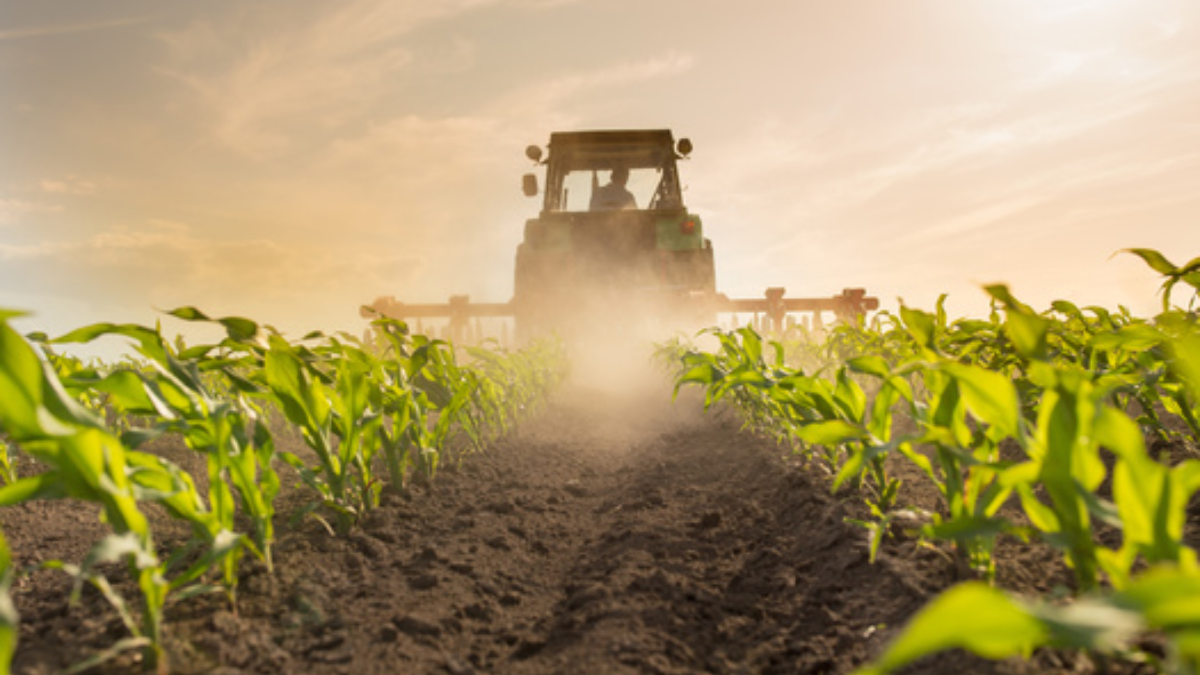Georgia’s agricultural community is closely watching the latest round of tariffs that could have significant consequences for the state’s farmers. As the U.S. government moves forward with imposing new tariffs on a range of imported goods, many farmers in Georgia, a state known for its vast agricultural production, are preparing for potential challenges that could affect their bottom line.
Understanding the Tariff Situation
Tariffs are taxes imposed on imported goods, typically as part of trade policies aimed at addressing trade imbalances or encouraging domestic production. While tariffs may benefit certain sectors by reducing competition from foreign imports, they can also create ripple effects across industries, particularly for farmers.
The latest round of tariffs, which target various commodities and foreign products, is expected to have a direct impact on Georgia farmers. With the state being one of the nation’s largest producers of agricultural products such as peanuts, cotton, and poultry, these tariffs could disrupt both the export and import markets that are vital to the industry.
The Impact on Export Markets
One of the primary concerns for Georgia farmers is the potential disruption of export markets. As a major exporter of agricultural products, Georgia’s farmers rely heavily on international trade to sell their goods. However, with the new tariffs, foreign buyers may face higher costs for U.S. products, which could result in reduced demand for crops such as peanuts, soybeans, and cotton.
For instance, if countries impose retaliatory tariffs on Georgia-grown crops in response to U.S. tariffs, Georgia farmers could face significant challenges in maintaining their overseas customers. This could lead to decreased sales, lower prices, and ultimately a reduction in revenue for farmers who depend on these international markets.
The Impact on Input Costs
In addition to export challenges, the latest tariffs could increase the cost of imported agricultural goods and materials that Georgia farmers rely on. This includes machinery, fertilizers, and chemicals, which are often sourced from other countries. As tariffs raise the prices of these inputs, farmers may find themselves paying more to produce their crops, further squeezing their profit margins.
Cotton growers, for example, rely on certain agricultural equipment and parts that may be subject to higher tariffs. Similarly, poultry producers could face increased costs for feed ingredients that are sourced from foreign markets, leading to higher production costs that could be passed on to consumers.
Potential Long-Term Effects
If the new tariffs persist, Georgia farmers could experience long-term financial strain. For some, the added costs and reduced market access could force them to scale back operations, reduce their workforce, or even exit the industry altogether. Smaller farms, in particular, may be hit hardest, as they have fewer resources to absorb the financial burden of increased costs or reduced revenues.
However, it’s not all doom and gloom for Georgia farmers. Some experts argue that the tariffs could lead to opportunities in certain sectors, particularly in cases where foreign imports are displaced by U.S.-made products. For example, if international suppliers of cotton or peanuts are affected by tariffs, Georgia farmers may find themselves in a better position to meet domestic demand.
Government Support and Policy Responses
In response to these challenges, some state officials and agricultural organizations are calling for government support to mitigate the negative effects of tariffs. There are discussions about providing relief through subsidies, price supports, or programs aimed at helping farmers access new markets. However, the effectiveness of these measures remains to be seen, and farmers are concerned that these efforts may not fully offset the losses they may experience due to the tariffs.
Conclusion
As the latest round of tariffs continues to unfold, Georgia’s farmers remain on edge, uncertain about the future of their industry. With the potential for higher costs, reduced market access, and strained international relations, farmers are bracing for a challenging period. However, the state’s agricultural community has faced adversity before, and many remain hopeful that through adaptation, support, and resilience, they can weather the storm.
For more details on the impact of tariffs on agriculture, visit the Georgia Department of Agriculture.
Disclaimer – Our team has carefully fact-checked this article to make sure it’s accurate and free from any misinformation. We’re dedicated to keeping our content honest and reliable for our readers.








